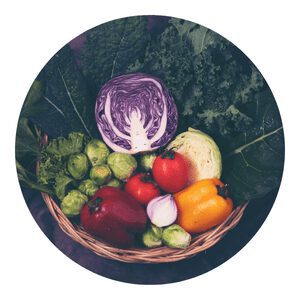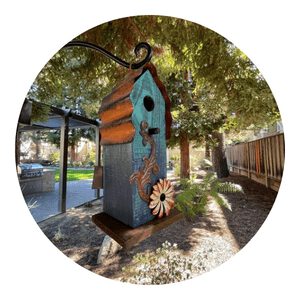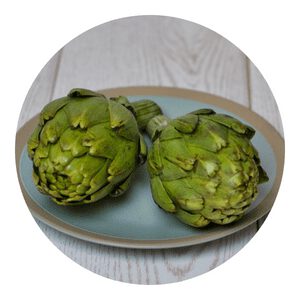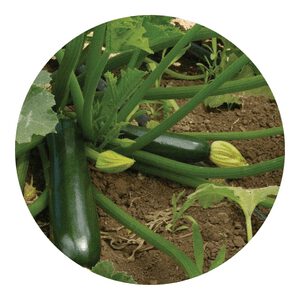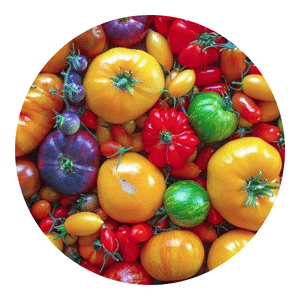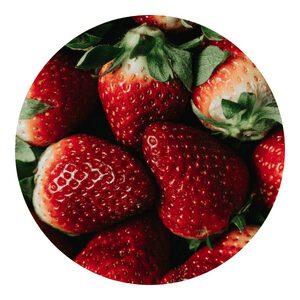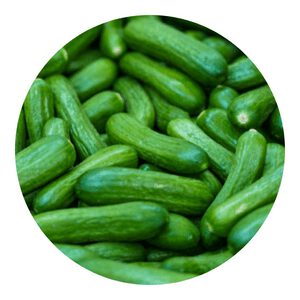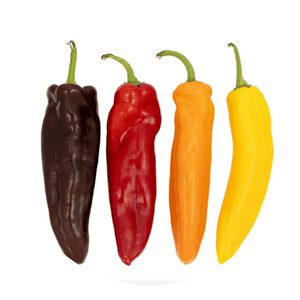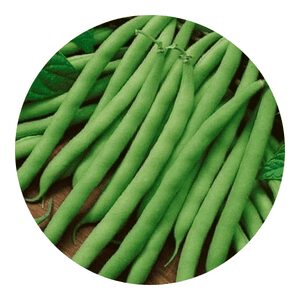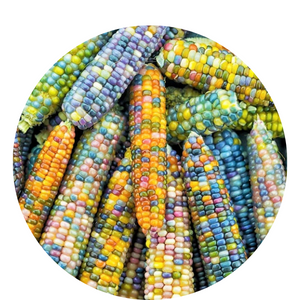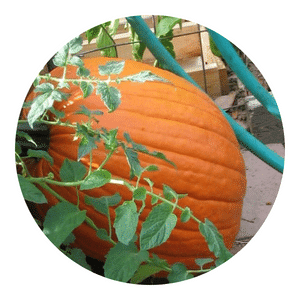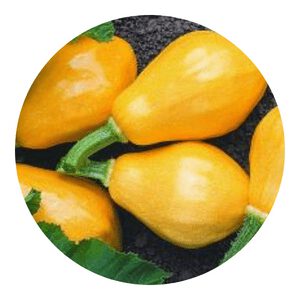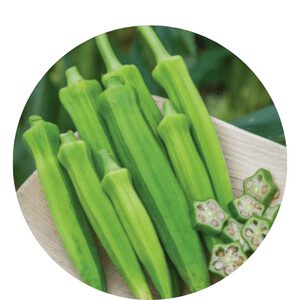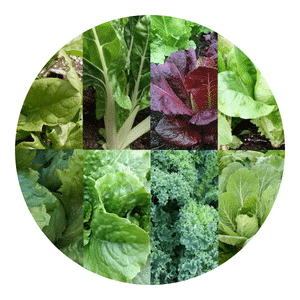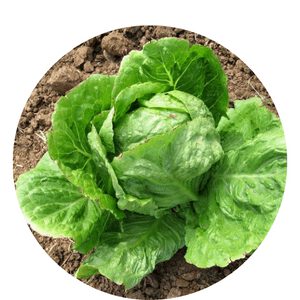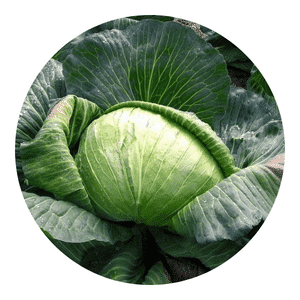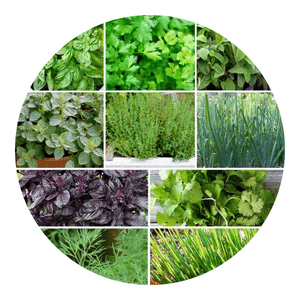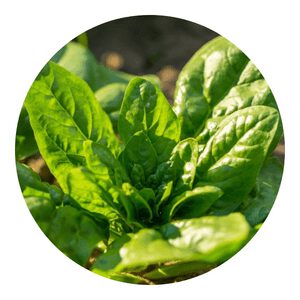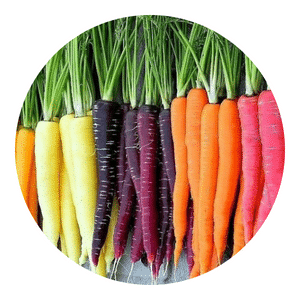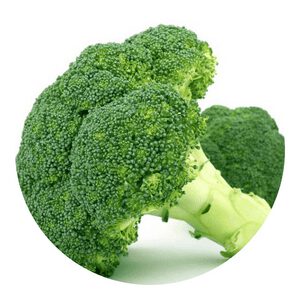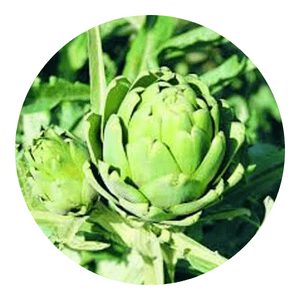Best vegetables to grow in California

Cucumber
How to Grow Organic Cucumbers Year Round in California

Pumpkin
Can You Grow Pumpkins All Year Round in California?
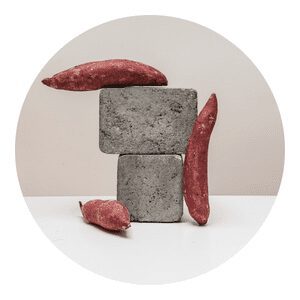
Sweet Potato
Can You Grow Sweet Potatoes in California?

Watermelon
Do Watermelons Grow Well in California?

Strawberry
Can I grow strawberries year round in California?

Pepper

Spring Watermelon
Grow Watermelon in California on Spring

Best Heirloom Tomato Varieties
for California Growers

Heirloom Cucumber Seeds
Choices for California
Organic Seeds
Growing organic Vegetables In California - FAQ
Organic vegetables are those that are grown without the use of synthetic pesticides or fertilizers. They are often more expensive than conventionally-grown vegetables, but there are many benefits to growing them.
Organic vegetables have been shown to have higher levels of vitamins and minerals than their conventionally-grown counterparts. They also tend to be more flavorful, because they are allowed to ripen on the vine rather than being picked early and shipped long distances.
In addition to being better for your health, organic farming is better for the environment. It uses less water and energy, and it helps to preserve topsoil and prevent pollution.
If you’re thinking about starting a garden, consider growing organic vegetables. Not only will you be doing yourself a favor, you’ll also be helping the planet.
Organically grown vegetables are not only healthy for you, but they also taste great. Here are some tips on how to start growing organic vegetables in your own backyard.
1. Decide which vegetables you want to grow. Do some research on which vegetables are best suited for growing in your area.
2.Prepare your garden bed by tilling the soil and adding some organic compost.
3. Plant your seeds or seedlings and water them regularly. Be sure to keep an eye out for pests and diseases and take care of them promptly.
4. Once your vegetables are ready, harvest them and enjoy!
Organic vegetables are becoming increasingly popular as people learn more about the benefits of eating organic foods. If you’re interested in growing your own organic vegetables, there are a few things to keep in mind.
The first step is to choose the right location. California has a Mediterranean climate, which means that it’s important to choose a spot that gets plenty of sun and has good drainage. raised beds are a great option for California gardens.
Once you’ve chosen your location, it’s time to start preparing the soil. This is especially important for organic gardening, since you won’t be using any chemical fertilizers or pesticides. Add compost or manure to your soil to help give your plants the nutrients they need to thrive.
Finally, make sure you choose the right plants for your garden.
If you’re looking to add some fresh, homegrown vegetables to your diet, you may be wondering what types of vegetables can you grow in California. The short answer is: almost all of them!
California’s climate is suitable for growing a wide variety of vegetables, from leafy greens and root vegetables to tomatoes and cucumbers. Here are a few of the most popular vegetables to grow in California:
-Tomatoes: With its long growing season and warm temperatures, California is ideal for growing tomatoes. There are many different varieties of tomatoes that you can try, from small cherry tomatoes to large heirloom varieties.
-Cucumbers: Cucumbers love the warm weather and long days of sunlight that California has to offer. If you’re growing cucumbers for pickling, look for smaller varieties like ‘Lemon’ or ‘Pickling.
When it comes to growing vegetables in California, the most important thing to consider is the type of soil you will be using. There are many different types of soil available, and each one has its own unique set of benefits and drawbacks. It is important to choose the right soil for your specific needs in order to ensure a successful harvest.
One of the most important things to consider when choosing soil is the pH level. The ideal pH level for vegetable plants is between 6.0 and 7.0. If the soil is too acidic or too alkaline, it can make it difficult for plants to absorb nutrients and may lead to stunted growth or even death. A simple soil test can help you determine the pH level of your soil so that you can make adjustments as necessary.
The type of soil you choose will also affect how often you need to water your plants.
There are a few common pests and diseases that affect vegetables in California.
One is the cabbage looper, which is a small green caterpillar that feeds on the leaves of cabbage and other cruciferous vegetables. They can be controlled with Bacillus thuringiensis, or Bt, which is a bacteria that kills caterpillars.
Another common pest is the cucumber beetle, which eats the leaves of cucumbers, squash, and melons. They can be controlled with pesticides or by using traps.
Finally, powdery mildew is a disease that affects many different types of vegetables. It appears as a white powder on the leaves and can cause them to turn yellow and die. It can be controlled with fungicides.
Helps Us Grow – Share If You Like

